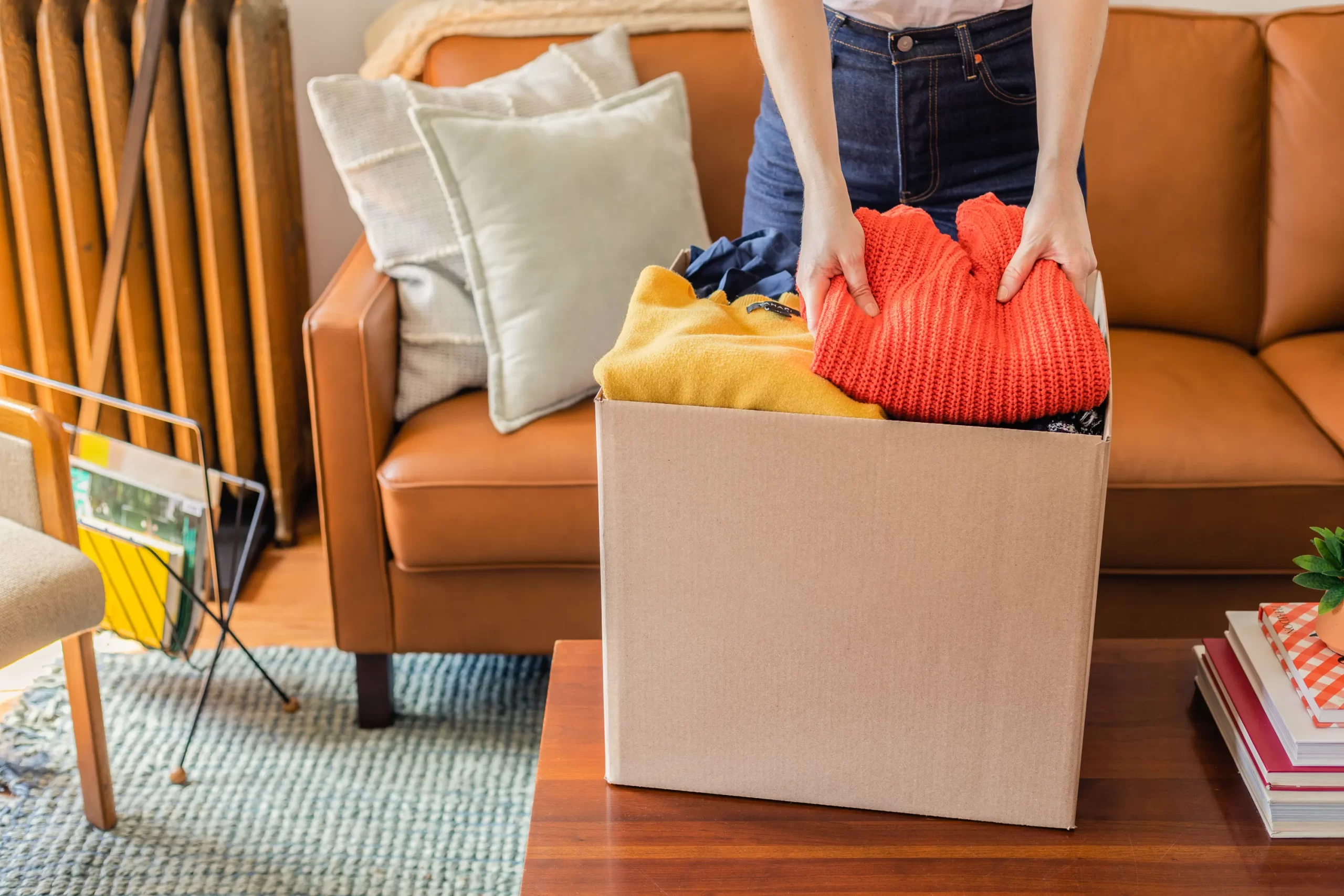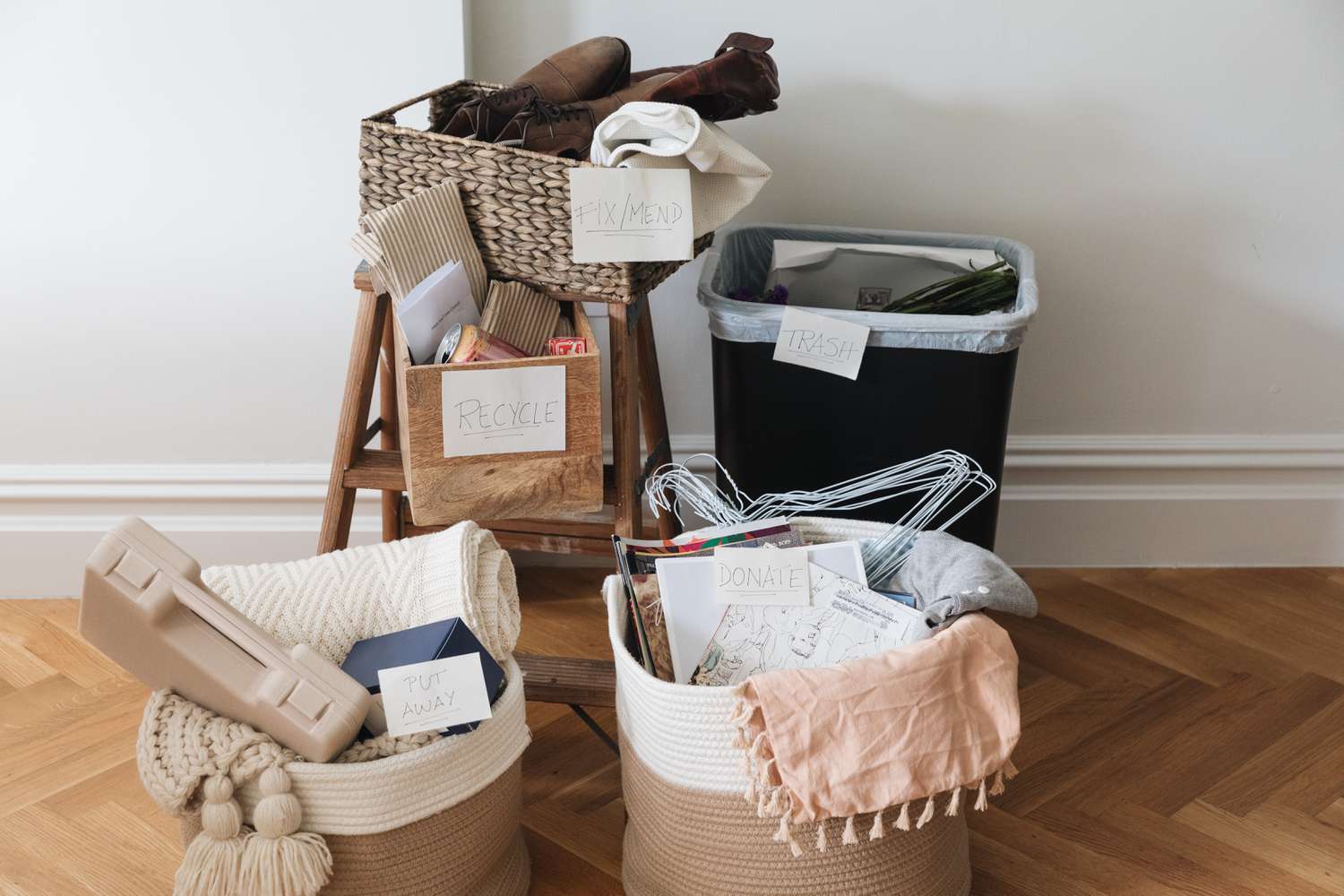Ever heard the saying that mental clutter starts from clutter in your surroundings? Let’s explore the solution to your problems- Minimalism and a daily Declutter.
Minimalism is way more than simply a look or feel; it’s a take on life that includes simplicity and intention. As long as our culture keeps on struggling to overcome the excesses of consumerism, growing numbers of souls will turn towards minimalism as a means to tidy up their physical environment and clean up their lives. Ordinarily, choosing a minimalist mindset will clear your mind, imbue you with a greater sense of focus, and increase appreciation for the things of tangible worth in our everyday lives.
This living with less is not just cleaning house; it is about redefining what is important. In turn, it allows for more time, more peace, and more meaningful experiences. Besides, it will make people question what they have and learn to let go of things that no longer serve a purpose in their lives.
- Set the goals to declutter.
Before getting started on your decluttering project, set objectives that are going to guide the process. Be clear about what you are trying to achieve. It could be to create more space, probably reduce stress, or make cleaning easier.
Your goals may include making a room more functional, creating a peaceful environment, or even preparing for a move. Here you will want to get focused and hold on to your motivation by clearly defining what you intend to achieve.

Also, think about the emotional and psychological results you want to achieve. For example, is a clutter-free home supposed literally to create a clutter-free mind, a sense of completion, or a sense of control? This will ease your capability to measure progress and track successes along the way with clear aims.
- Room-by-Room Strategies to Declutter.
The task is overwhelming when you look at the whole house at once, so take it one room at a time. Begin with the rooms that are most cluttered or those causing you the most stress. Further break down each room into zones and group the items accordingly into categories of similar commodities. Things that are of high usage should be within easy reach while those that are less used can be stored.
Follow a systematic approach for each room: Take everything out, clean thoroughly, and then put back just those items which meet your criteria for not being cluttered. Consider the flow of the room and your movement in the space as you place your things to support living a functional and efficient life.
- Sorting and Organizing Essentials
While cleaning, sort things into groups that say: keep, donate, sell, recycle, and throw away. Know in your heart how an item actually brings value into your life.

As you go along organizing, take on storage solutions that answer both aesthetic and functionality needs.
Use clear containers for easy identification; use labels to keep items in order.
Keep in mind that the goal isn’t to have more storage space; it’s to have fewer things to store. Be mindful not to swap old clutter for new solutions that enable you to collect even more stuff.
- Getting Past Common Challenges While you Declutter
The most challenging aspect of clutter cleaning is emotional attachment to stuff. If this is the case, ask yourself if you used it in the last year or if it brings you joy.
Provided the answer is no, then that might be an encouraging step toward letting go. Another similar obstacle could be the ‘might be useful later’ mindset, keeping us with things because we somehow have the notion that we might need it someday. Counterbalance by trusting yourself to replace whatever it may be if it happens.
Procrastination can also get in the way of cleaning. Make a weekly commitment to put some time into your cleaning goals. You may find this easier to stick with if you can get a buddy from whom you can get support, or even share in the activity with.
- Keeping Your Home Clutter Free
Keeping a clutter-free home means making some new habits and routines. Designate a rule of ‘one in, one out’ that won’t allow any new things to become cluttered. Be sure to see what you have regularly and repeat the same process whenever necessary. Also, come up with daily tidying routines for keeping your spaces neat.
The first thing one needs to realize is that cleaning up isn’t an event; it’s a process. Embrace the minimalist lifestyle. Intentional decisions on what you allow into your home and life, where every possession is thought out, and everything brings full satisfaction are to be adopted.
In conclusion, embracing minimalism through decluttering can transform your home into a serene oasis, leading to a clearer mindset and a greater appreciation for what truly matters. By setting clear goals, tackling one room at a time, sorting items effectively, and overcoming common challenges, you can create a space that is both functional and peaceful.
Remember, maintaining a clutter-free home is an ongoing process that requires new habits and routines. So, take the first step towards a decluttered lifestyle and start enjoying the benefits of living with less. For more tips and inspiration, stay tuned for future posts on decluttering and minimalism. Let’s create a space that nurtures our well-being together!






